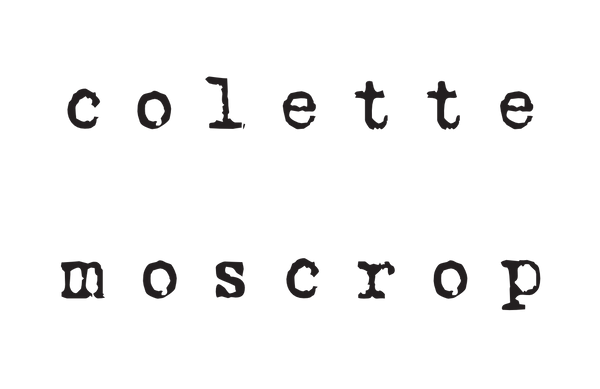
Stitch To Add Texture
Adding texture to your slow stitching projects

If you've seen my work at a show you'll already know that I'm all about the texture of a project. I love to use natural fibres and threads to build up a range of texture. I thought I'd share some images to inspire you to take the plunge and add some freestyle stitches to your projects.
The first thing I usually add to my work is a layer of cotton wadding (batting) to the reverse of the fabric I'm going to be stitching on. I baste this (large tacking stitches) with a brightly coloured thread so it's easy to spot when I'm ready to remove it. You may have some wadding left over from quilt projects, if not try your local quilt shop / online stockist.
Then it's time for the fun part, slow stitching and adding your personality to your work. I am no expert at embroidery, I simply draw and sketch with a needle and thread. I'm not looking for perfection and neat regular stitches, for me it's about the process. Enjoying the time it takes to stitch and seeing where the needle takes me. I don't plan my pieces before I start, I choose a couple of threads and dive in.
If you're new to embroidery, here are a few tutorials to give you some guidance, Royal School of Needlework Stitchbank, DMC and The Spruce Crafts.


You may want to echo or work with the print, by filling in areas or recreating the print with stitch. Play with scale and repeat the stitch you're using, a simple cross stitch in different sizes can add real visual impact.








The distance between your stitches can make a statement too, by 'pairing' stitches together, leaving a gap and then another pair, an otherwise simple stitch creates an interesting repeat.




Kits for the Japanese Rice Pouches are now available here, they're very roomy and make great project pouches.


You might want to add some snippets of fabric to your work, linen, denim or scraps from a previous project make an interesting addition. Simply position them, tack in place and add some Boro style running stitches to secure your patch. I like to leave the frayed edges showing, but you could turn the raw edge under if you prefer. I'm also fond of selvedges so often leave some of those showing too.
If you're working with my fabrics, no need to restrict yourself to just using the printed area, there is an unprinted border on each of my panels, use this space too. You can leave it blank, giving the eye somewhere to rest, or add some stitches - maybe embroider a word or phrase you're drawn to.

I always love to make something that I will use and enjoy regularly. Why not put your skills to good use and make a new cushion cover. I have Slow Stitched Linen Cushion Kits in my shop which are the perfect project to add your favourite stitches to.

However you choose to embellish your work, seek to enjoy the process rather than look for perfection. Wonky lines and stitches add to the charm and create an interesting piece. The more hand stitching you do, the more you will find your own rhythm and style which will help you grow as a stitcher.
So pop the radio or your favourite podcast on, pour yourself a cup of tea and enjoy some time with fabric and thread.
I always love to see what you're working on, so share your projects on social media with #ColetteMoscropTextiles and if you're looking for inspiration head there to see what other people are making.
First published 21st April 2020
